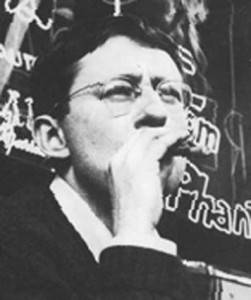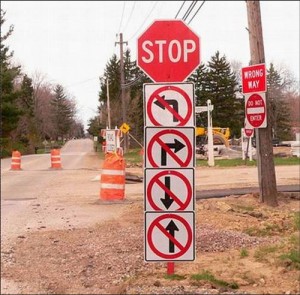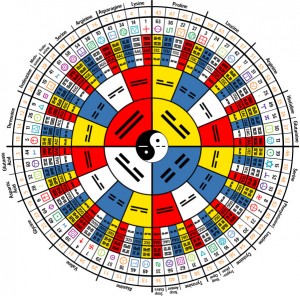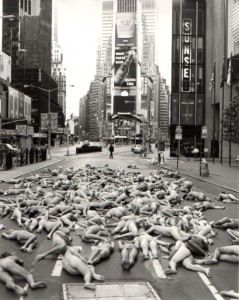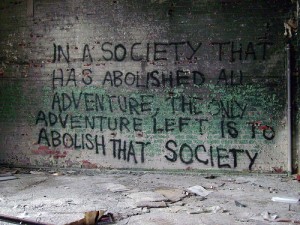Dérive-tions
By:
July 22, 2010
“Oh, geography / Is gonna make a mess of me” -Thao
This post is the second in a three part mini-series on digital dérive.
For the first post, start here.
In the late 1960s French Marxist theorist, artist and alcoholic Guy Debord gave us a gift in the form of the dérive. Debord intended the dérive as a Situationist tactic – a psychogeographic strategy for engaging in class struggle and as one of several ways individuals could contend with “the spiritually debilitating modernization of both the private and public spheres of everyday life by economic forces.”
All true, but perhaps a more accessible definition of dérive is a playful exercise in deliberate failure and confusion, an attempt to find the middle space between being and doing. The dérive is a method of forcing yourself into your time and place by focusing your attention on the immediate location rather than on the intended function of a space. Example: roads are usually thought of only in terms of their function as a way of travel from A->B. Roads are the vectors between where you are and where you’re going. Roads are never destinations, and are often invisible to us unless something is wrong or impeding progress.
A classic dérive tactic might be to navigate a city with the wrong map (on purpose), or to use a game of chance to determine a path and then endeavor to follow that path regardless of where it leads.
Hit a wall? figure out how to go over it (perhaps parkour style) or else adjust your the interpretation of your instructions.
But always:
PAY ATTENTION.
My take on digital dérives are as much mental derivations as they are Situationist exercises in the creation of an event. In effect: while Debord and company sought relief from The Spectacle by the deliberate creation of intentional situations, I am suggesting that we have inverted ourselves. We who live digitally have put ourselves into a situation where we live multiple lives simultaneously. We spend more time in and among Spectacles of our own creation than we do ingratiating ourselves with THE SPECTACLE (if indeed there ever was a single one to begin with). For more on this I recommend some required reading: Hilo’s own Peggy Nelson on Set To Vibrate.
Twitter is just one example of the type of technology that allows us to occupy multiple locations at once. Taken on a mobile device as one explores a new space, it allows you to explore public place privately among a (different) public. In this way mobile social technologies both defeat and augment the purpose of physicality. They allow us to share more by engaging less. Seen another way, they allow us to engage publicly with private thoughts and allow us to vanquish the notion of objectivity most completely, sharing subjective inner narrative in a completely authoritative manner. They allow us to engage more.
Both are true.
Myspace is not yourspace, but we can explore this headspace [together|apart].

